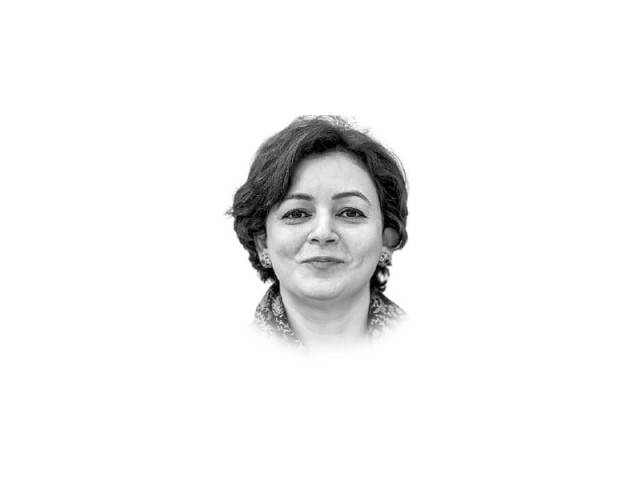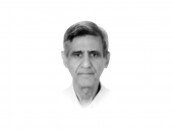On being an art historian and a theorist
.

Dear Dr Mussarrat Hassan,
To a masoomana question: Why am I more interested in art history and theory than in making art? My straightforward answer was that right after my graduation from NCA, I was given a class to teach History of Culture and Visual Arts and not painting. Can't say if it was Mrs Hashmi's foresight or mere fate.
The fact is that I was among the few who could connect with Prof Iqbal Hassan, our Western Art History instructor, his pace and pedagogy. While others would avoid attending his lectures, finding them taxing or somewhat unimportant for studio practice, we, a group of enthusiasts, would ask for extra time and discussions.
However, it was not until I met you during my PhD coursework that I truly realised the importance of theoretical aspects of artmaking without which contemporary art would be a meaningless activity. You taught the History of South Asian Art, introducing us to local art forms.
Learning about indigenous art gave a clearer insight into Dr Durre's question: Who Am I? Since then, you have been the greatest source of inspiration and a true mentor who encouraged me to be consistent in writing. I have been told that I am good at storytelling which is, frankly, the ultimate constant in my equation.
Quoting from my grade six scrapbook: "I chase stories like fireflies on summer nights, capturing their essence in jars of imagination, where they dance and shimmer, lighting the path ahead," Only if I remember being so romantic.
But it is romantic to devote oneself to a cause and be hopeful that it shall bear fruit. If so, you are the most romantic person I ever came across. And I am not just referring to your love story with Sir Ijaz-ul Hassan, to whom you have been a muse, a partner and a support system. Mashallah.
Your story as an art educationist and historian is worth sharing. Towards the end of the 20th century, academics worldwide were eager to decolonise the canon of art history. The discipline grew presence in educational institutions within Pakistan, too.
Universities launched degree programmes with a focus on producing and preparing scholars to add to the global voices. There was a need to sensitise the students to local art. It required more focus on genuine pedagogies, relevant to this region. Such an approach demanded surveys and anthologies of art history compiled by unbiased writers who could highlight the South Asian aesthetic sensibilities.
Though the scarcity of such writers is felt even today, you stand out amongst the few who opted to combat the situation and concentrated on research and writing as early as the 1990s. Producing five books with limited resources, a gap in research literacy and a lack of recognition for the expertise is a great feat indeed.
In the pre-digital era, these books on art are, as you say, "the 2nd best alternative to living works of art. It is another way of exhibiting and displaying art, especially in the absence of permanent art galleries in various districts and cities of Pakistan." Your books are a treat for the layman, a treasure for the art students and a model for the new generation of art historians that you have trained over the period.
Qadeem Insaan Aur Fan-e Musawwari, published in 1996, is amongst the very few art history surveys written in Urdu. Providing Urdu explanations for frequently used English terminology makes it somewhat bilingual. It typically traces the art through the ages and is surely an alternative to the most popular survey book in English with the same title.
The second book, Painting in Punjab Plains, is based on your doctoral research. It documents and analyses the works of 200 artists from Punjab, active between 1849 and 1947. The history of South Asian art, as a modern genre, mainly relied upon the court chronicles of the emperors and British State gazetteers. The authenticity of both sources is tainted with political motives and personal bias. Contrary to such narratives, your commentary is based on facts and common sense.
With due respect and all the regards, I shall write again to discuss other books.
Bano
May 2025














COMMENTS (1)
Comments are moderated and generally will be posted if they are on-topic and not abusive.
For more information, please see our Comments FAQ